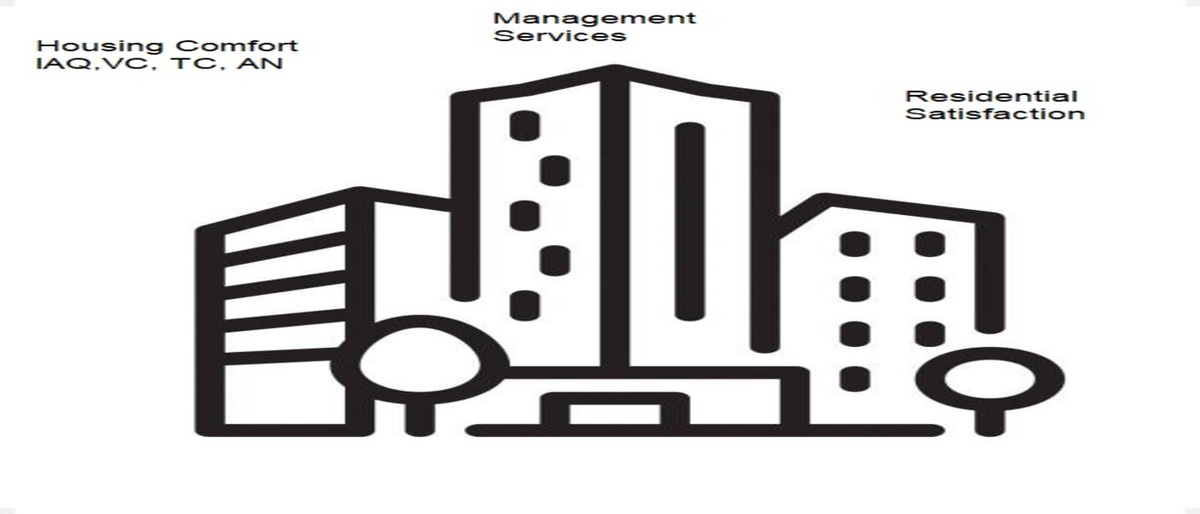Current issue
Online first
Archive
About the Journal
Aims and scope
Editorial Board
International Editorial Board
List of Reviewers
Abstracting and indexing
Ethical standards and procedures
REMV in Social Media
Contact
Instructions for Authors
Instructions for Authors
Manuscript formatting template
Title page
Highlights
Payments
‘Ghostwriting’ and ‘Guestauthorship’
Guidelines for Referees
Housing comfort and residential satisfaction relationship: Management services as mediator
1
Centre for Research in Development, Social & Environment, Faculty of Social Sciences & Humanities, Universiti Kebangsaan Malaysia, Malaysia
2
School of Housing, Building and Planning, Universiti Sains Malaysia, Malaysia
3
Faculty of Civil Engineering Technology, Universiti Malaysia Perlis, Malaysia
4
Faculty of Built Environment and Surveying, Universiti Teknologi Malaysia, Malaysia
Submission date: 2025-01-24
Final revision date: 2025-07-15
Acceptance date: 2025-09-15
Publication date: 2025-09-15
Corresponding author
Fatin Umaira Muhamad Azian
Centre for Research in Development, Social & Environment, Faculty of Social Sciences & Humanities, Universiti Kebangsaan Malaysia, Malaysia
Centre for Research in Development, Social & Environment, Faculty of Social Sciences & Humanities, Universiti Kebangsaan Malaysia, Malaysia
REMV; 2025;33(3):114-126
HIGHLIGHTS
- management services
- mediating effect
- strata residential buildings
KEYWORDS
TOPICS
ABSTRACT
Studies have mentioned the importance of management services in managing high-rise residential buildings. This role also aligns with the rules and regulations mentioned in the Strata Management Act 2013. However, the role of management in influencing the relationship between housing comfort and residential satisfaction also remains incoherent. This article aims to examine the role of management services in mediating the relationship between housing comfort indicators and residential satisfaction. The indicators of housing comfort include indoor air quality, visual comfort, thermal comfort and noise. A survey was conducted to obtain data from residents of medium-cost high-rise residential buildings surrounding the Capital City in Malaysia which are Johor Bharu, Johor, Shah Alam, Selangor and Georgetown, Pulau Pinang. The approach of partial least squares structural equation modelling (PLS-SEM) was used. The results indicate that management services only partially mediate the relationship between indoor air quality and residential satisfaction. The findings contribute to a better understanding of the management services viewpoint on residents of medium housing especially related to housing comfort. Additionally, this study makes a practical contribution in terms of increased awareness for developers, government, housing management, and residents when it comes to housing comfort and management for human well-being in high-rise residential buildings.
ACKNOWLEDGEMENTS
The authors would like to thank the Centre for Research in Development, Social & Environment, Faculty of Social Sciences & Humanities, Universiti Kebangsaan Malaysia and Universiti Sains Malaysia for encouraging this research.
We process personal data collected when visiting the website. The function of obtaining information about users and their behavior is carried out by voluntarily entered information in forms and saving cookies in end devices. Data, including cookies, are used to provide services, improve the user experience and to analyze the traffic in accordance with the Privacy policy. Data are also collected and processed by Google Analytics tool (more).
You can change cookies settings in your browser. Restricted use of cookies in the browser configuration may affect some functionalities of the website.
You can change cookies settings in your browser. Restricted use of cookies in the browser configuration may affect some functionalities of the website.




